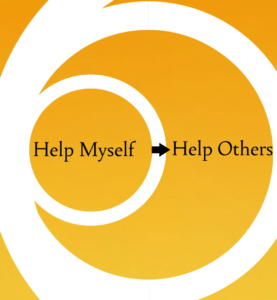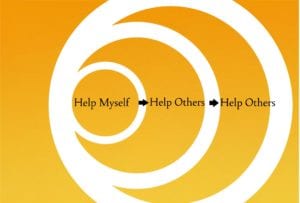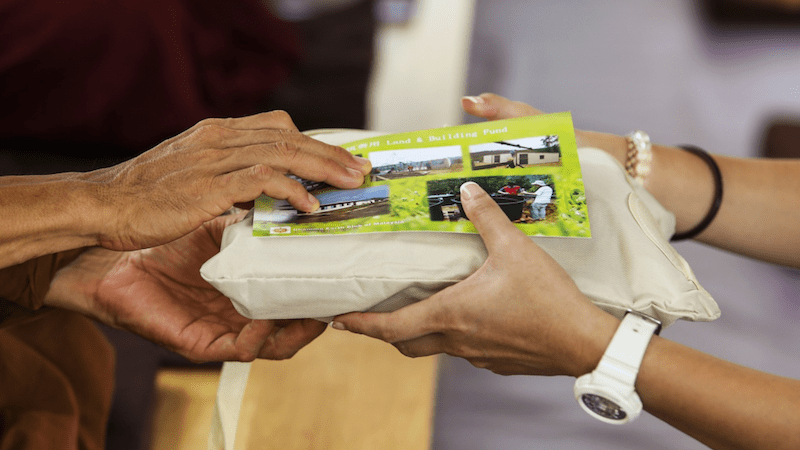The simplified story is that one of my students cried after I made her pick up garbage for a day. The real story goes more like this:
Each trimester, I take my students on a service learning field trip. We spend a morning volunteering at a local homeless shelter. In the afternoon, students pick up trash at a local park and do random acts of kindness. It can sound unglamorous, especially in the winter. But most students love it and look forward to it for months. Some of the most meaningful moments of my career happen on this trip. And, apparently, it means something to the students as well.
After each trip we debrief the experience. It was during this that a student cried. Her words are what motivate my philosophy of teaching:
“I have never felt like I had purpose in school until today.”
Those words are both the most inspiring and frustrating words I’ve heard from a student. On one end, it saddens me that she isn’t alone: so many students go through over a decade of education without feeling like it has (or they have) purpose.
On the other end, her words represent a critical opportunity for teachers. When students see their education as an opportunity to help others, it motivates their action and inspires their purpose.
I talk with students and educators about how we live within spheres of influence.
On the first level, our actions are motivated by one goal: to help myself. At this level a student does work simply to get a grade, to avoid being grounded, to look good for colleges. At this level a teacher tries a strategy to boost an evaluation or to minimize his/her own stress. At times we all live at this level—and at times we need to in order to prioritize our survival.
But at this level our actions are often shallow, our motivation is weak, and our sense of meaning is non-existent.
Meaning begins when we as teachers move into sphere two: Helping myself in order to help others [students].

For a teacher, this means improving our craft with a focus on helping students thrive, such as implementing new technology that we know students will need in their dad-to-day lives.
A student in this sphere looks at how education can help him or her improve the world. And it is this lens that can change a student’s education and purpose.
David Yeager and a team of researchers published a series of studies in 2014 on “Self-Transcendence,” the idea that one’s actions go beyond the immediate gain. Some of their key findings:
- Students with a greater self-reported self-transcendence persevered on mundane tasks and were less likely to drop out of college even months later;
- Student GPAs in math and science improved short and long term when given a simple intervention in which they read student testimonials describing a self-transcendent purpose for learning;
- Brief self-transcendent interventions created deeper learning for students, even with mundane study tasks.
As a basic strategy, we can invite students to consider how their daily learning can transcend the day.
Other studies confirm this idea: Allowing students to link their learning to long-term benefits can improve engagement and learning.
A study lead by Chris Hulleman asked students to write brief summaries before science tests. An experimental group was asked to describe how the topic they learned could help themselves or others. Compared to the control group, which just wrote summaries, the “value” group improved their performance. Students who anticipated doing poorly in the class averaged almost an entire letter grade better than those in the control group.
In short, even asking students to think about how their learning can benefit their future or others can deepen their relationship with school.
As teachers, then, we need to transcend our own thinking and move into the outer sphere of influence. This is the circle that got us into teaching—the one that, when realized, makes every stress of education seem worth it. It is the circle in which we help others to help others. Within this circle of influence we propel our purpose and help students find their own meaning.

Imagine if we shifted our lessons so that students applied their learning to help other people. Imagine having your tech students volunteer to help local library patrons learn technology. Picture your students utilizing their literacy skills to help organize and advertise for a larger cause.
There is no need to overcomplicate service-based learning.
Helping others to help others can be as simple as asking students to generate review videos to help future classes. Have a few minutes to spare in a class? Ask your students to write a note of gratitude to someone who has helped them.
To help our students find meaning, we need to shift our lens and ask ourselves, “How can my content help students help others?” Consider what small tasks, what prompts, what projects can help your students transcend their world.
It is this outer circle that has helped my students find meaning and purpose more than any other. And, it’s this circle that gets kids motivated to go pick up garbage in freezing rain or spend the day giving instead of getting.
We stereotype young adults as lazy. Selfish. Spoiled. But how often do we give them a chance to challenge these notions? This is a call to remember our calling: To help others help others. In doing so, I guarantee you will remember why you teach—and why we should have faith in humanity.

